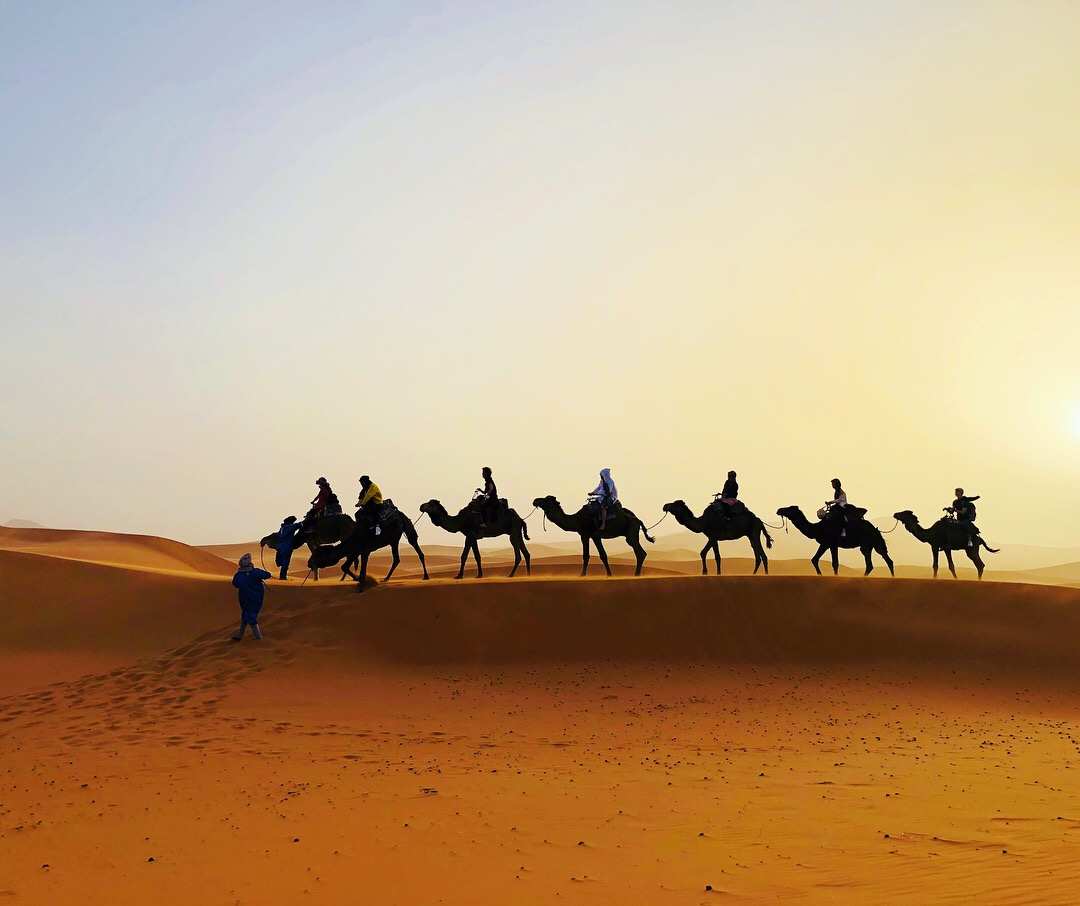Remove these ads. Join the Worldbuilders Guild

Tahuum Itaqiin
Inspiration
Created by
Literature
In respect to the magic system, The Kingkiller series by Patrick Rothus and Elantris by Brandon Sanderson stand out as the strongest influences on Tahuum Itaqiin. Magic in Tahuum Itaqiin is a rigorous, complex, and sometimes impractical art, and significant costs and/or limitations of magical practice both add significance to the accomplishments of successful mages and ensure that magic is not a universal tool for solving problems.
H. P. Lovecraft's work: A major endeavor of this project is to the more abstract of elements of cosmic horror into a diverse, late medieval fantasy setting. Eldritch (alien, hideous, unnatural) creatures are undermphasized in comparison to other unnatural phenomena. Tahuum Itaqiin may not resemble a Lovecraftian world on the surface level, but cosmic horror will be present in the sense of human smallness, and the morality of the pursuit of certain types of knowledge will certainly be put into question.
Junji Ito's works, such as Uzumaki and The Enigma of Amigara Fault, are perhaps archetypal non-Western examples of seemingly ordinary worlds (often small, isolated towns) containing old, hidden horrors in a manner I find analogous to Lovecraft's settings.
A Woman of the Sword (Anna Smith Spark), aside from being a gorgeous piece of literary fantasy you absolutely need to read if you can stomach the darkness of it, is a close match to Tahuum Itaqiin's Internecine Period and Grim Era in respect to the human suffering and deprivation of the, well, internecine conflicts of the time. Magic as it's presented in A Woman of the Sword is not a particularly close match, however, as the magic in Tahuum Itaqiin is more subtle and less explosive.
Lord of the Rings (Silmarillion included) gets special credit for sucking me in as far as fantasy is concerned, not to mention it models mapping and exploring such a fantasy world. There's relatively little magic and a survival element that I wouldn't attribute to a lack of imagination on Tolkien's part, but rather an interest in seeing characters meet and grow from substantial challenges. Gandalf is whisked away on several occasions so the party doesn't have a wizard to back them up. Of course, most major characters and seemingly all the races and nations are starkly black-and-white; my world is built with a more anthropologically informed approach. Also, an underappreciated feature of LOTR: Clear hints, more so in books than in films, of a deep and mysterious world underneath the one the characters mainly traverse--see extended description of Gandalf's fight with the Balrog.
Non-fiction, i.e. for world-building
Kingfisher History Encyclopedia: Not sure which edition or anything; I read this back in the late 90s. Unusual for its time, it put real effort into showcasing global history through as many periods and locales as possible, as opposed to the largely Eurocentric and America-centric perspectives of many Western works.
Magic, Witchraft, and Religion: A Reader in the Anthropology of Religion. I read this for a summer community college course, and it was more than a bit formative for my perspective on magic and religion. Whlie the textbook covers a wide range of magical/religious practices across the world, the gist, as I remember it, is that magical practice isn't necessarily "rational," but people tend to lean into it (along with superstition) when they want a sense of control over uncontrollable and random circumstances. Another broad takeaway is that, while the particular rituals and tenets of religions vary greatly, they largely share the social functions of (usually) improving social cohesiveness and upholding hierarchies of power. The uses for magic in Tahuum Itaqiin are similar, and the organized religions across the Continent (most significantly, that of the Reborn Theocracy) have often sought to replace or appropriate earlier religious practices in order to secure their followings and their political prominence. I also recall learning, either from this textbook or the course, about parallels in shamanistic initiation and practice from Northeast Asia to Siberia to North America. That hardly seems coincidental.
Guns, Germs, and Steel and The World before Yesterday. A refreshing perspective on world history and anthropology, even if Diamond arguably tries to take on too much in each book. Diamond rather effectively tackles certain modernist biases in Western perspectives on global history, namely the notions of constant historical progress and technological development. Plenty of content in these books concerns the relationship between (natural) environment and society, too, including a thorough overview of the Colombian Exchange and its impact on human and natural history. These books offer several insights into Polynesian and North/South American cultures in particular.
Genghis Khan and the Making of the Modern World. An effective corrective to stereotyped notions of settled versus pastoral-nomadic civilizations (and the presumption that settled communities alone constitute "civilization"). It also demonstrates the fundamental role of regional and global trade networks and intellectual exchanges in the history of the development of technology; even pre-Industrial societies weren't islands for the most part, particularly when empires united them.
Reading Nature's Signs. Better understanding the world as pre-modern explorers and hunter-gatherers would. Informs the development of survival skills and strategies for this setting while also demonstrating some lore of the natural world that would likely be known to people living in the world's more remote or less developed settings and lost to urbanites.
© Eric de Roulet and E.M. White, 2021-2025. All rights reserved.






